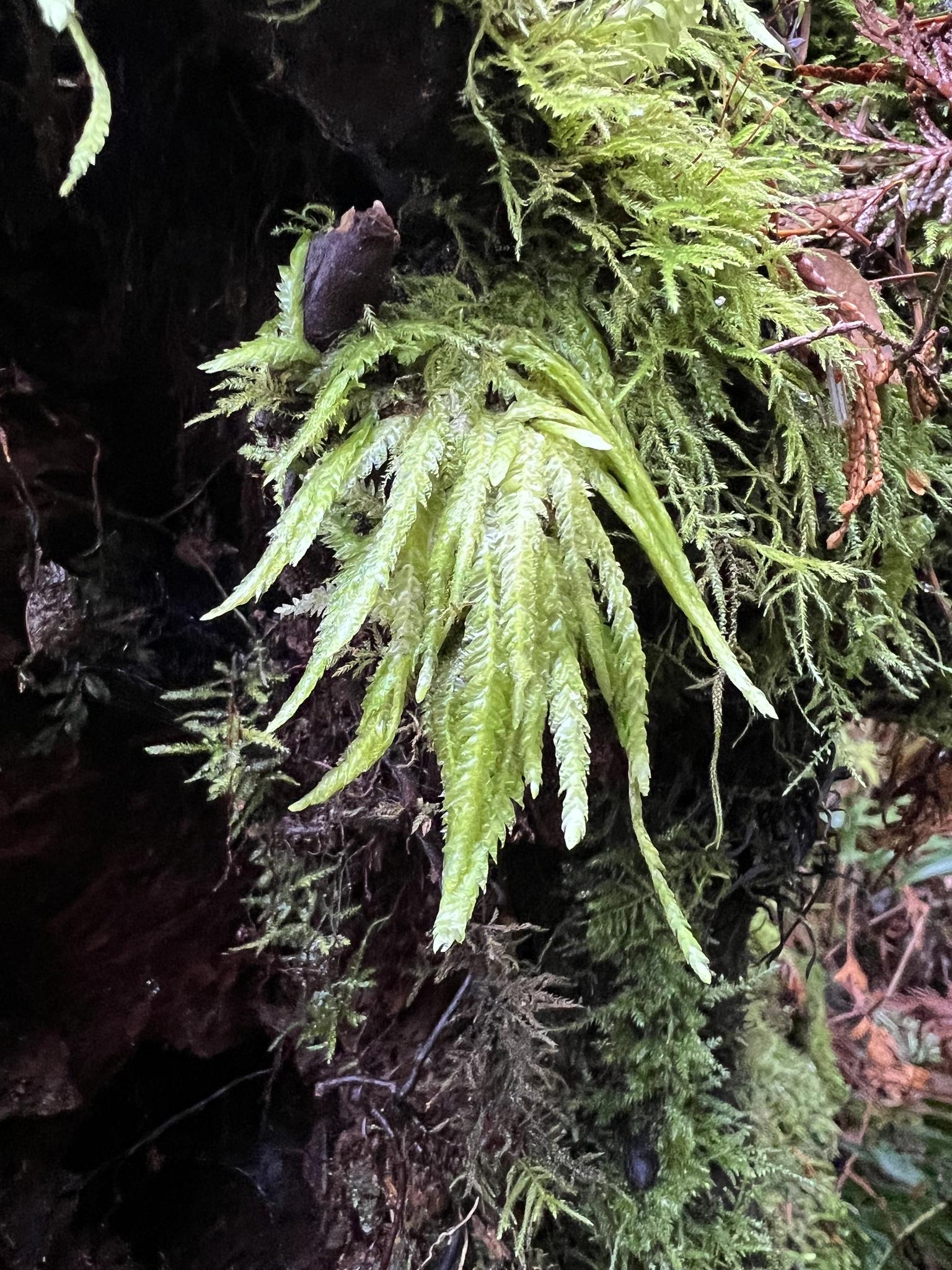
original.jpg from: https://www.gbif.org/es/species/5710930
Introduction
In the vast and captivating world of bryophytes, one particular moss species stands out for its unique charm and ecological significance – the Plagiothecium undulatum (Hedw.) Schimp., commonly known as Plagiothecium. This unassuming yet fascinating member of the Plagiotheciaceae family has captured the hearts of moss enthusiasts worldwide, offering a delightful glimpse into the intricate tapestry of nature’s smallest wonders.
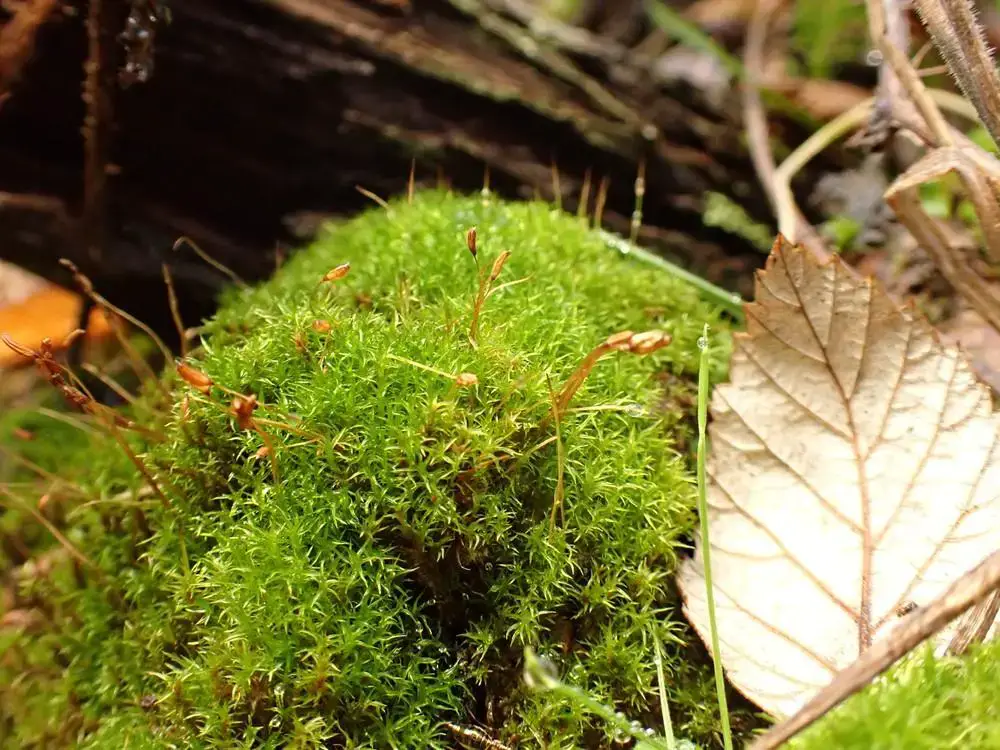
61238366.jpg from: https://observation.org/photos/61238366/
Background
Before delving into the intricacies of Plagiothecium undulatum, it’s essential to understand the broader context of bryophytes. These remarkable plants, which include mosses, liverworts, and hornworts, are among the oldest and most resilient life forms on our planet. They played a crucial role in the transition of plant life from aquatic to terrestrial environments, paving the way for the evolution of more complex plant species.
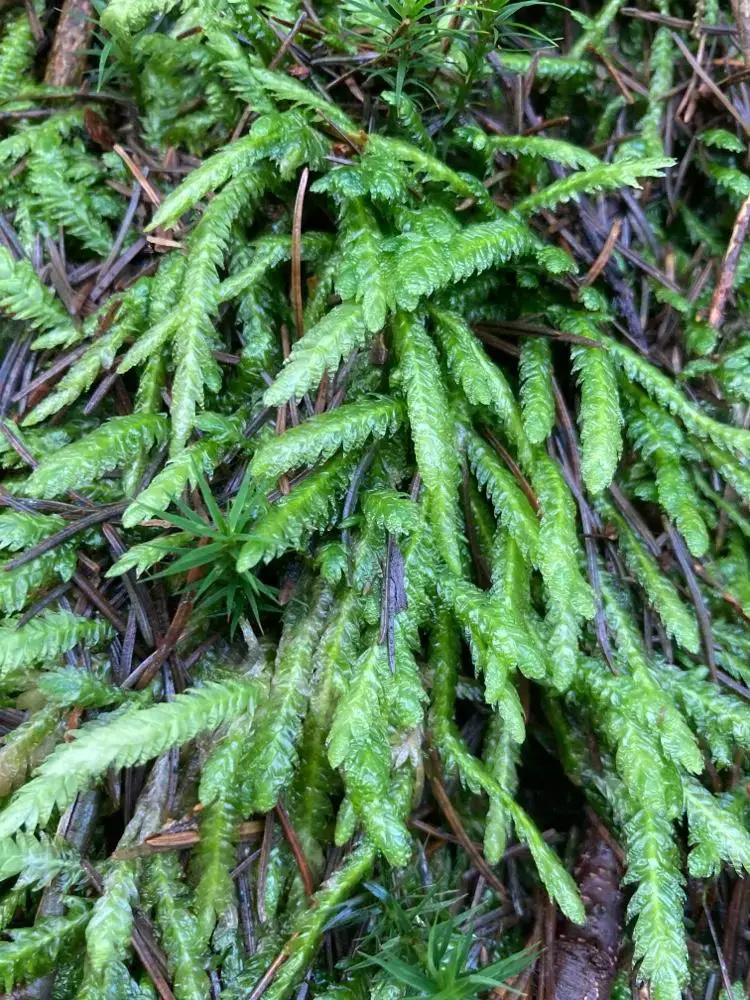
45622950.jpg from: https://observation.org/observation/231328125/
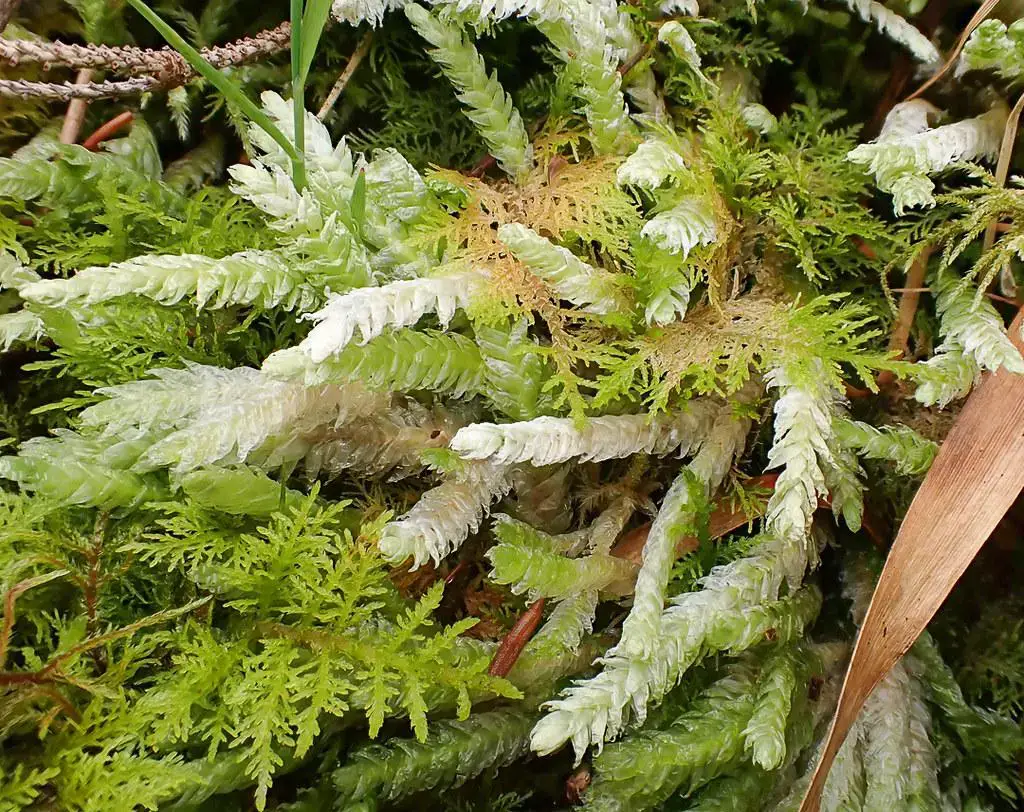
51627113277_6b8ed4b71f_b.jpg from: https://www.flickr.com/photos/12639178@N07/51627113277/
Main Content
Morphology and Identification
Plagiothecium undulatum is a pleurocarpous moss, meaning its stems grow horizontally along the substrate. Its delicate, feathery appearance is a result of the densely arranged, curved leaves that adorn its slender stems. These leaves are typically undulate (wavy) along the margins, lending the moss its distinctive and charming appearance.
One of the key identifying features of Plagiothecium undulatum is its capsule, which is curved and asymmetrical, resembling a tiny banana. This unique shape sets it apart from many other moss species and makes it easier to identify in the field.
Global Distribution and Habitat
Plagiothecium undulatum is widely distributed across various regions of the world, including Europe, Asia, North America, and parts of South America. It thrives in a variety of habitats, from moist and shaded forests to rocky outcrops and even urban environments, showcasing its remarkable adaptability.
This moss species often forms lush, velvety carpets on the ground, tree trunks, and rotting logs, creating a verdant tapestry that adds depth and texture to its surroundings. Its ability to colonize diverse substrates and tolerate a range of environmental conditions contributes to its widespread distribution.
Ecological Roles and Adaptations
Despite its diminutive size, Plagiothecium undulatum plays a vital role in the ecosystems it inhabits. As a pioneer species, it helps stabilize and enrich soils, creating favorable conditions for other plants to establish themselves. Additionally, its dense mats provide shelter and moisture retention, creating microhabitats for various invertebrates and other tiny organisms.
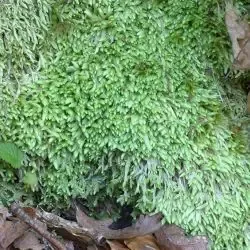
t_d163cada075b9ab6a7ea79d87567f6c8.jpg from: https://www.asturnatura.com/especie/plagiothecium-undulatum.html
One of the remarkable adaptations of Plagiothecium undulatum is its ability to withstand desiccation. During dry periods, the moss can enter a state of dormancy, curling its leaves inward to conserve moisture. Once favorable conditions return, it quickly revives, showcasing its resilience and ability to thrive in challenging environments.
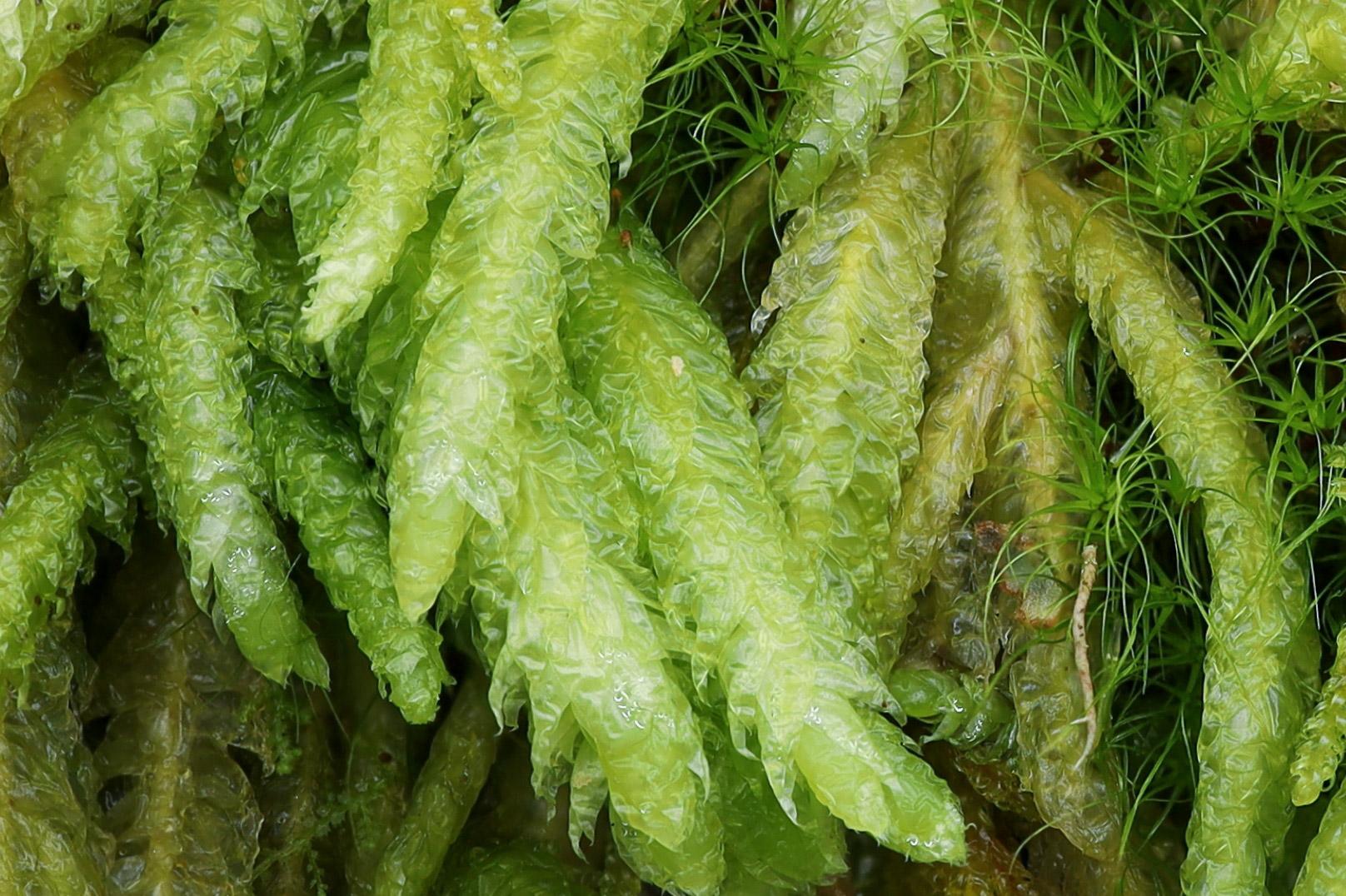
2020-08-26-12-03-26-2.jpg from: https://www.britishbryologicalsociety.org.uk/learning/species-finder/plagiothecium-undulatum/
Case Studies/Examples
In the Pacific Northwest region of North America, Plagiothecium undulatum plays a crucial role in the intricate web of life within old-growth forests. Its presence on decaying logs and tree trunks contributes to the breakdown of organic matter, facilitating nutrient cycling and supporting the growth of other plant species.
Technical Table
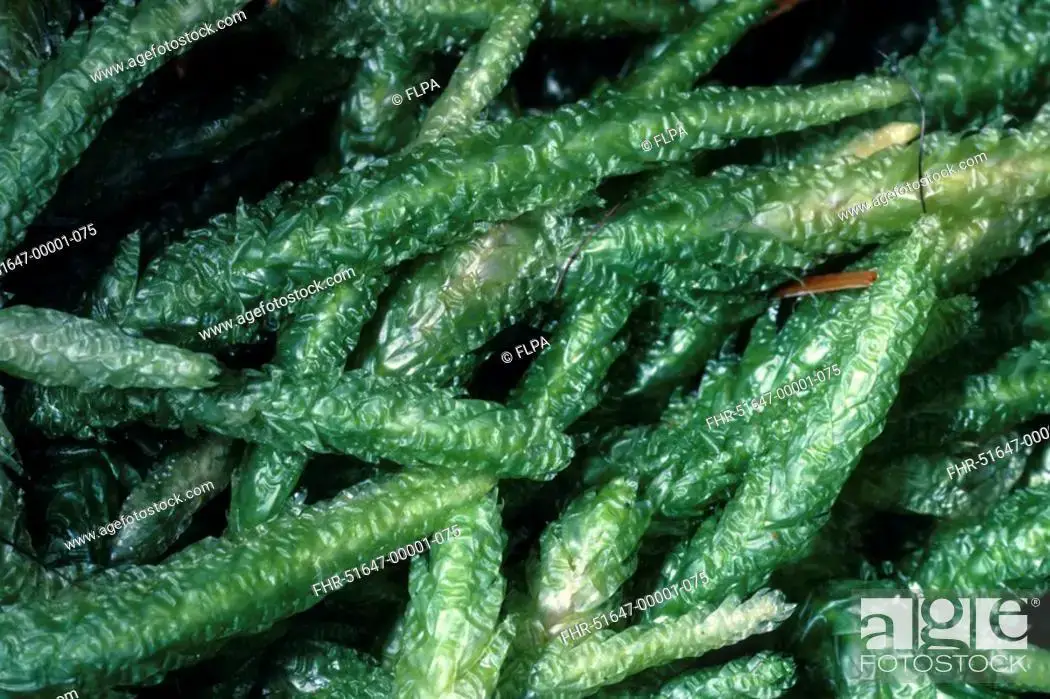
fhr-51647-00001-075.jpg from: https://www.agefotostock.com/age/en/details-photo/moss-plagiothecium-undulatum-close-up/FHR-51647-00001-075
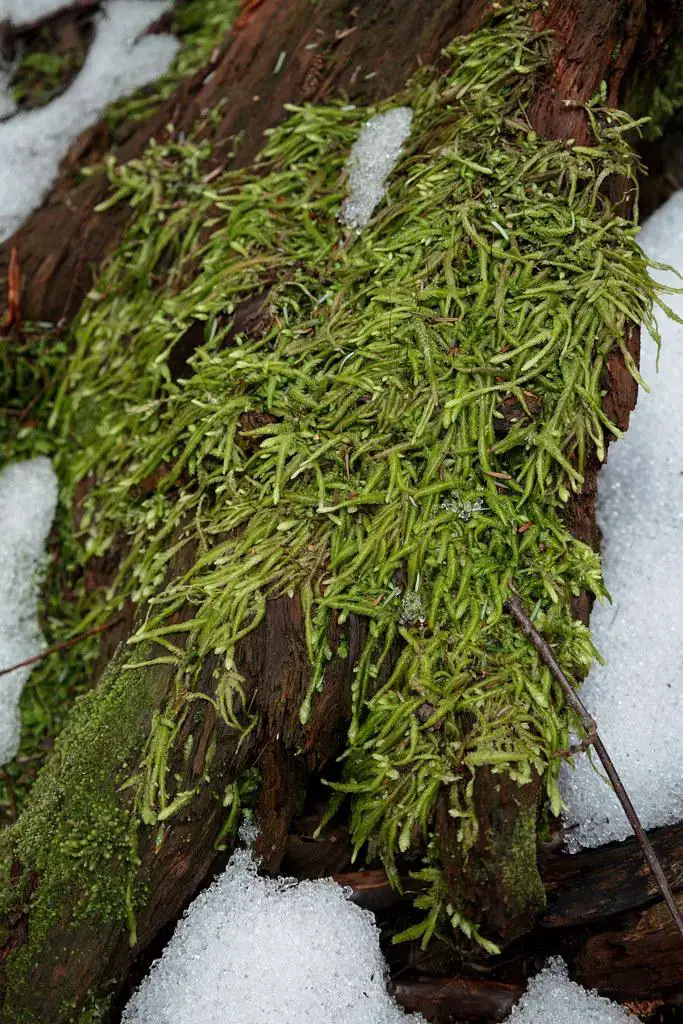
52440855448_ab7b55540e_b.jpg from: https://www.flickr.com/photos/99613800@N02/52440855448
| Characteristic | Description |
|---|---|
| Phylum | Bryophyta |
| Class | Bryopsida |
| Order | Hypnales |
| Family | Plagiotheciaceae |
| Genus | Plagiothecium |
Species
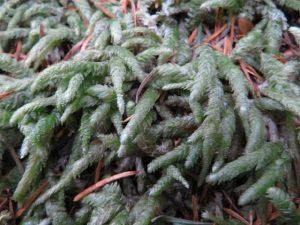 plagiothecium-undulatum-1-300×225.jpg from: https://gohiking.ca/plants/coastal-plants/moss/plagiothecium-undulatum/ |
undulatum |
| Growth Form | Pleurocarpous moss |
| Leaf Shape | Undulate (wavy) margins |
| Capsule | Curved, asymmetrical |
Conclusion
Plagiothecium undulatum, a humble yet remarkable moss species, serves as a testament to the beauty and resilience of nature’s smallest wonders. Its delicate appearance belies its ecological significance, reminding us that even the most unassuming organisms play vital roles in the intricate tapestry of life.
As we continue to explore and appreciate the diversity of bryophytes, let us ponder this thought-provoking question: In a world where grand gestures often steal the spotlight, how can we cultivate a deeper appreciation for the quiet, unassuming marvels that surround us?
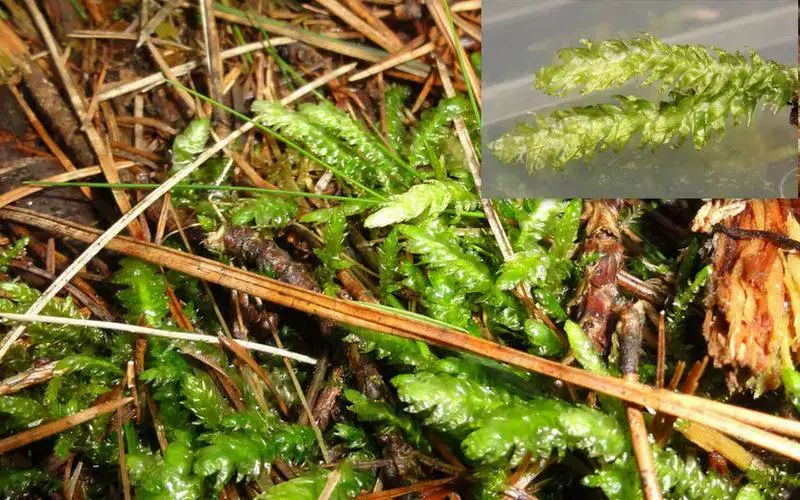
2923543.jpg from: https://waarnemingen.be/species/17523/